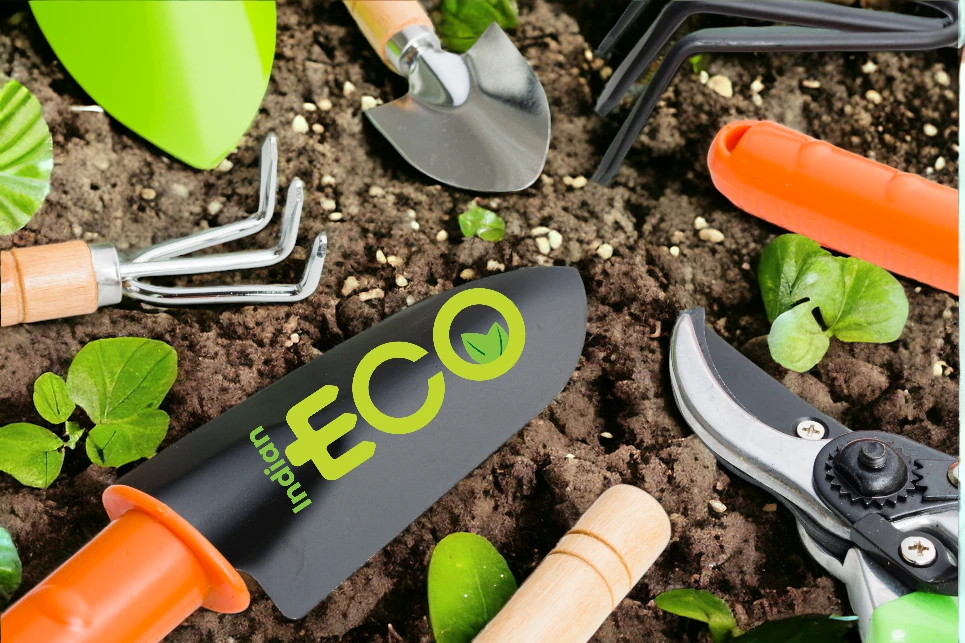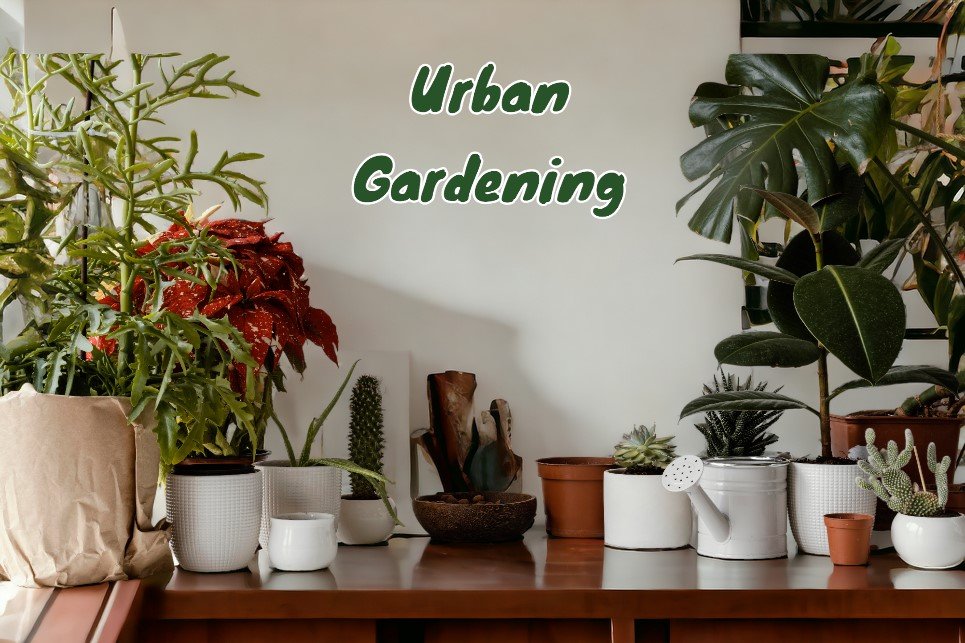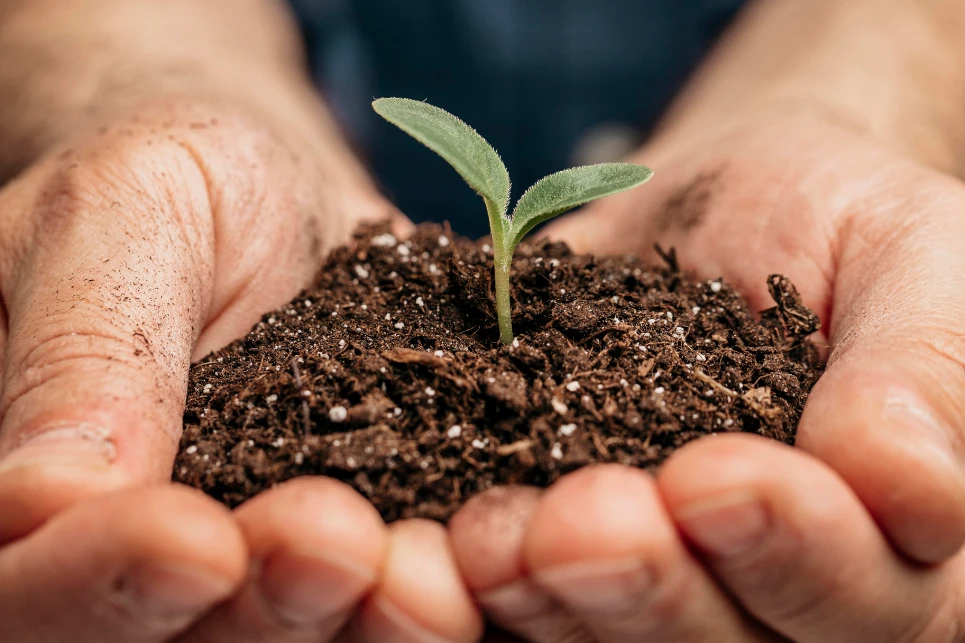Green Gift by Government
Unlock Free Trees & Make Your Locality Greener, Cooler, and Charmer

Content:
Introduction
Why plant trees!!
Eligibility Criteria for getting free plants,
Government initiatives and aids
Government nurseries to get free plants
How many plants one may get free
General considerations to be taken care of while planting seedlings.
Introduction:
We daily come across incidents or news about increasing temperature (Delhi Crossed 50°C mark this June), increasing air pollution (or poor AQI), noise pollution, and falling groundwater levels. All these problems have one common solution – More Planting and More Trees.
To address these problems, central and state governments have started various initiatives and programs aimed at tree planting and promoting afforestation to combat climate change, increase green cover, and address environmental concerns. Under these government schemes and programs, free saplings or subsidized saplings are often distributed to encourage tree plantation.
Why plant trees!!
Trees play an important role in cooling their surroundings, reducing air and noise pollution, and recharging groundwater thus significantly improving the quality of life in their neighborhood. Besides these trees provide life-supporting oxygen, habitat for many birds, and aesthetic sense to our eyes. However large-scale deforestation has led to the loss of this beautiful gift of mother nature.
The time has come when one needs to plant as many trees as possible not only for themselves but also for their coming generations. To achieve significant improvement in green cover, planting activities need to be done by the masses including, individuals, organizations, and institutions like RWAs, Schools, Eco-clubs, private and govt offices, etc.
Eligibility Criteria for getting free plants:
The general public with valid address proof and organizations like RWAs, Schools, Eco-clubs, and government and private offices can get the tree seedlings from nearby government nurseries.
To prevent the collection of seedlings fraudulently or wasted or thrown away without planting them at appropriate locations, certain checks and balances are required to be put in place. Towards achieving the above objective, guidelines are prescribed for adherence by all concerned, so that the seedlings grown with great care and precision in forest nurseries, at public exchequer’s cost, do not go to waste.
Government initiatives and aids
The journey of a tree, from seed to plant able seedling of 2-4 feet in height may take a timespan of 2-4 years. Thus, private nurseries charge a handsome amount for selling tree seedlings. To encourage people and organizations to plant more trees, various government agencies and departments are providing free seedlings. To get more information and avail of these seedlings one may approach a nearby forest office or government nursery.
The Department of Forests and Wildlife, Government of NCT of Delhi is offering seedlings free of cost to residents and various institutions (like offices, RWAs etc) of Delhi through its online portal accessible through link https://dillifreetree.eforest.delhi.gov.in . For a detailed video to get free plants in Delhi see video (link)
How many plants one may get free:
The quantity of seedlings offered by the government to individuals or institutions may vary according to local government rules and guidelines. In Delhi, Seedlings of desired/available species up to 100 in number can be taken free of cost from the nearest forest nursery directly by individuals and up to 500 by organizations/RWAs, Eco-clubs, schools etc throughout the year once a month.
General considerations to be taken care of while planting seedlings:
The seedlings shall preferably planted during monsoon seasons that is one of the reasons that the government distributes these seedlings generally during monsoon seasons only.
Choose a good open-air spot for your trees. Your spots shall be such that they shall not be acquired for development or commercial exploitation in the foreseeable future. Check for underground gas and utility lines like power telephone, water, etc. The trees shall be planted at a minimum 7-10 meters of distance from each other so that they get
Water deeply and regularly. Water newly planted trees every 7-10 days. (One deep watering a week is enough.) Water the tree during dry periods for the first three years. Never give trees or shrubs a light sprinkling.





